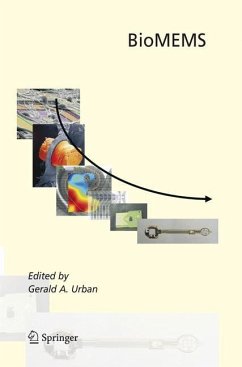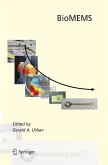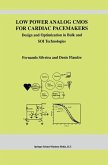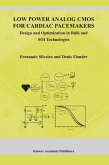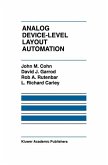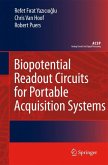Explosive growth in the field of microsystem technology (MST) has introduced a variety of promising products in major disciplines from microelectronics to life sciences. Especially the life sciences and health care business was, and is expected to be a major market for MST products. Undoubtedly the merging of biological sciences with micro- and nanoscience will create a scientific and technological revolution in future. Microminiaturization of devices, down to the nanoscale, approaching the size of biological structures, will be a prerequisite for the future success of life sciences. Bioanalytical and therapeutic micro- and nanosystems will be mandatory for system biologists in the long run, to obtain insight into morphology, the function and the interactive processes of the living system. With such a deeper understanding new and personalized drugs could be developed leading to a revolution in life sciences. Today, microanalytical devices are used in clinical analytics or molecular biology as gene chips. In parallel, standard microbiomedical products are employed in the intensive care and surgical theatre, mainly for monitoring and implantation purposes. The gap between these two different scientific fields will be closed, however, as soon as functional micro devices can be produced, allowing a deeper view into the function of cells and whole organisms.
Here, a new discipline evolved which focuses on microsystems for living systems called "BIOMEMS". In this review at a glance the exciting field of bio-microsystems, from their beginnings to indicators of future successes are presented. It will also show that a broad penetration of micro and nano technologies into biology and medicine will be mandatory for future scientific and new product development progress in life science.
Here, a new discipline evolved which focuses on microsystems for living systems called "BIOMEMS". In this review at a glance the exciting field of bio-microsystems, from their beginnings to indicators of future successes are presented. It will also show that a broad penetration of micro and nano technologies into biology and medicine will be mandatory for future scientific and new product development progress in life science.
"It wasn't too long ago that BioMEMS and its impact could be treated in one or two modest chapters of a general book on MEMS. No longer. From DNA analysis to retinal implants to artifically created networks of neurons, this field has simply exploded. Dr. Urban and his contributors have created a welcome and urgently needed digest of this diverse and exciting field, supported by extensive citations to the relevant original work. Every researcher in BioMEMS, and every student hoping to work in this field, will need this on his or her desk." Stephen D. Senturia, Prof. of Electrical Engineering, Emeritus Massachusetts Institute of Technology, MIT

